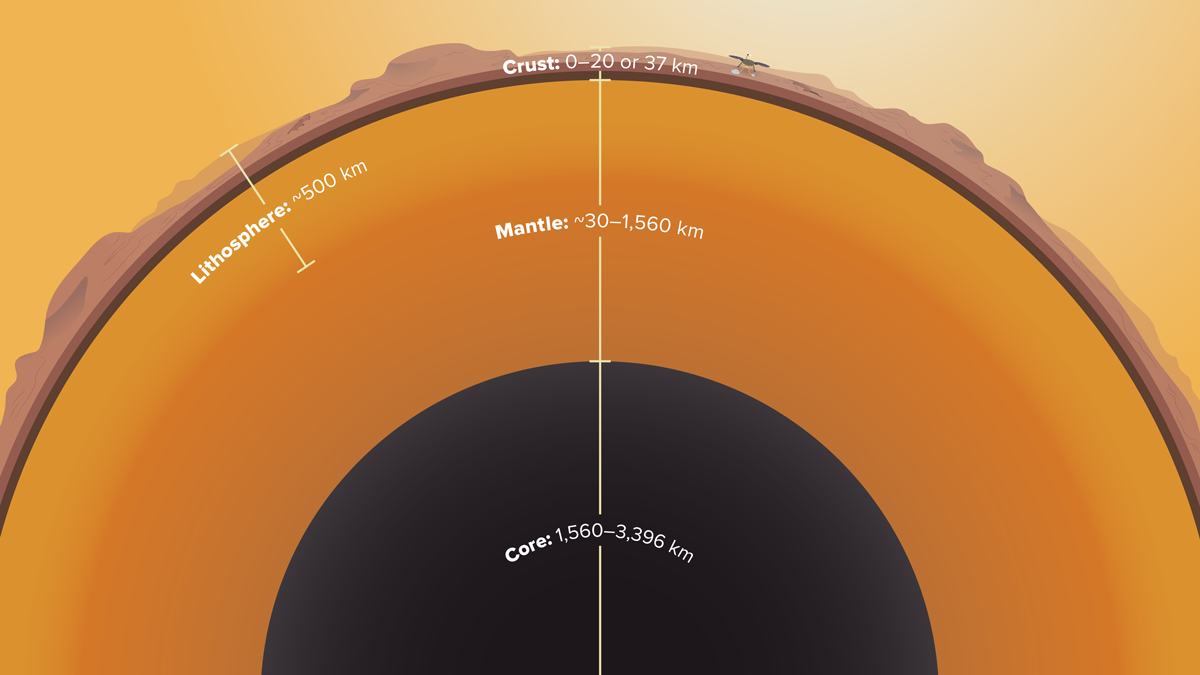Microplastics get into our bodies, potentially altering how certain cells convert sugar into energy, especially in the gut. Continued ingestion could cause chronic problems.
News
Mars from the InSight Out
There’s a seismometer on Mars, and it’s been busy! Download our free illustrated poster.
Mammoths Lost Their Steppe Habitat to Climate Change
Ancient plant and animal DNA buried in Arctic sediments preserve a 50,000-year history of Arctic ecosystems, suggesting that climate change contributed to mammoth extinction.
Roman-Era Millstone and Mixer Makers Knew Their Rocks
The geochemistry of basalt millstones and mixers from the city of Volubilis suggests a local origin—and that rocks were picked for specific purposes, from crushing olives to mixing dough.
Sobreviviendo en la periferia de una ciudad de terremotos
La Ciudad de México es una de las áreas urbanas más propensas a desastres del mundo. Después de un terremoto, las comunidades marginadas que viven en la periferia de la ciudad están expuestas a más peligros que el simple derrumbe de edificios.
Identifying an Eruption “Tipping Point” in Hot Spot Volcanoes
By analyzing lava samples, researchers show how chemical processes that occur during magma’s ascent to the surface may contribute to a volcano’s eruptible state.
Traditional Knowledge Is Essential to Sustainability in the Amazon
At COP26, the Science Panel for the Amazon is emphasizing the need for Indigenous and Local Knowledge to inform scientific and policy recommendations.
Zimbabwe’s Scientists Look Forward to Country’s First Satellite
ZIMSAT-1 promises to expand Zimbabwe’s remote sensing capabilities and allow it to better monitor natural resources.
The “Internet of Things” Boosts Agricultural Livelihoods in India
New technology is bringing better connectivity to remote areas, helping farmers improve crop yields and allowing fisherfolk to venture more safely out into the sea.
Inland Mangroves Are Relics of the Past’s Higher Sea Levels
Mangroves found in southern Mexico’s rain forest, 170 kilometers from the nearest ocean, date to a time when sea levels were several meters higher.










